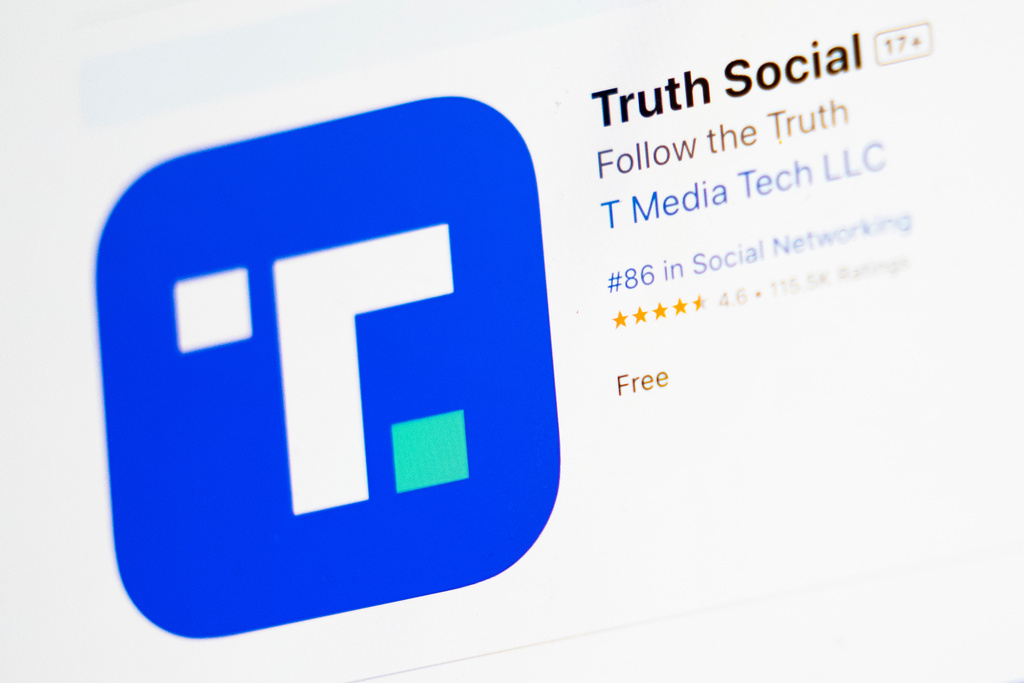As 2023 sees a wave of layoffs, economists expect more people will be depending on gig work for income.
Many have heard of gig jobs like Uber, DoorDash and Instacart, but research shows the gig economy is continuing to expand, with people now using their homes as new streams of income.
Jon Sanders rents out his backyard to dog owners through Sniffspot.
"So it's a private dog park where people can come in, take their dogs and just let them run and have fun and let them be dogs," Sanders said.
Megan Bryant picks up people's laundry through an app called SudShare. She washes and folds the clothes within her home.
"While I was working from home, I was bored while I was on my computer all day," Bryant said. "So I started doing something else just to have some extra income and honestly, just to keep my hands busy."
Both Sanders and Bryant say they started the gig work last year.
"I found it actually through Facebook about a year ago," Sanders said.
"I think it was a TikTok ad, honestly, like it was an advertisement that I had seen and I was like, 'this is cool, I don't mind doing laundry,'" Bryant said.
Though they say the jobs are not their main source of income, the money adds up. Sanders says he's made more than $7,000 and Bryant says she's made more than $5,000.

Record job switching has contributed to higher inflation
A paper by the Chicago Federal Reserve shows that job switching boosted inflation an extra percentage point as people were able to garner higher pay.
As more people enter the gig economy, Lexi Gervis with the financial management app Steady says there's a demand in the marketplace for companies to create more gig opportunities.
"We're really seeing a growth in this type of work," Gervis said. "It's expected to increase in moments of a recession. So the last time we saw a big spike was during the 2008 Great Recession."
Gervis says there was another spike when the pandemic hit.
"If they are getting less hours at work, they might have picked up gig work to supplement," Gervis said. "If they lost their job altogether, then they were using this as a kind of stopgap."
Looking at data of Steady users from January 2020 to February 2023, Gervis says gig work increased by 41%, and gig earnings increased by 17%.
Furthermore, Gervis says she's noticed a trend of people sticking to their gig work even after they start a traditional W-2 job.
"[They're] probably continuing to do it on the side or as a supplement, especially when wages aren't enough to meet the needs of the demands of inflation," Gervis said.
That's the case for Bryant, who works at a school, but still handles six to 10 laundry orders a week from customers who have become her regulars.
"This is where it's at," Bryant said. "Nobody wants to go sit and do an office job [where] you know that there's no flexibility. This I work around my own schedule."










